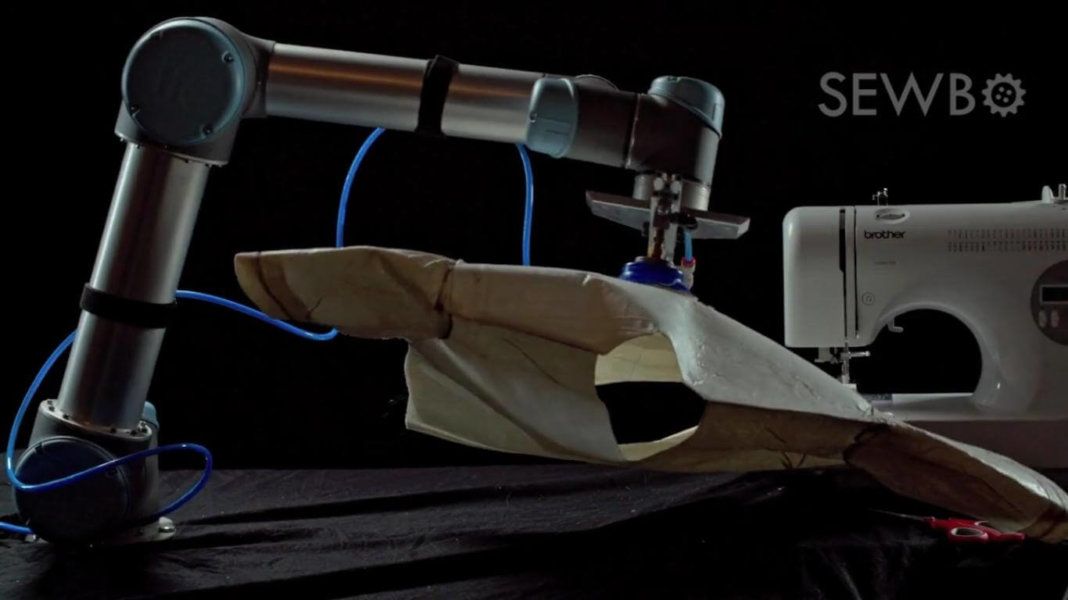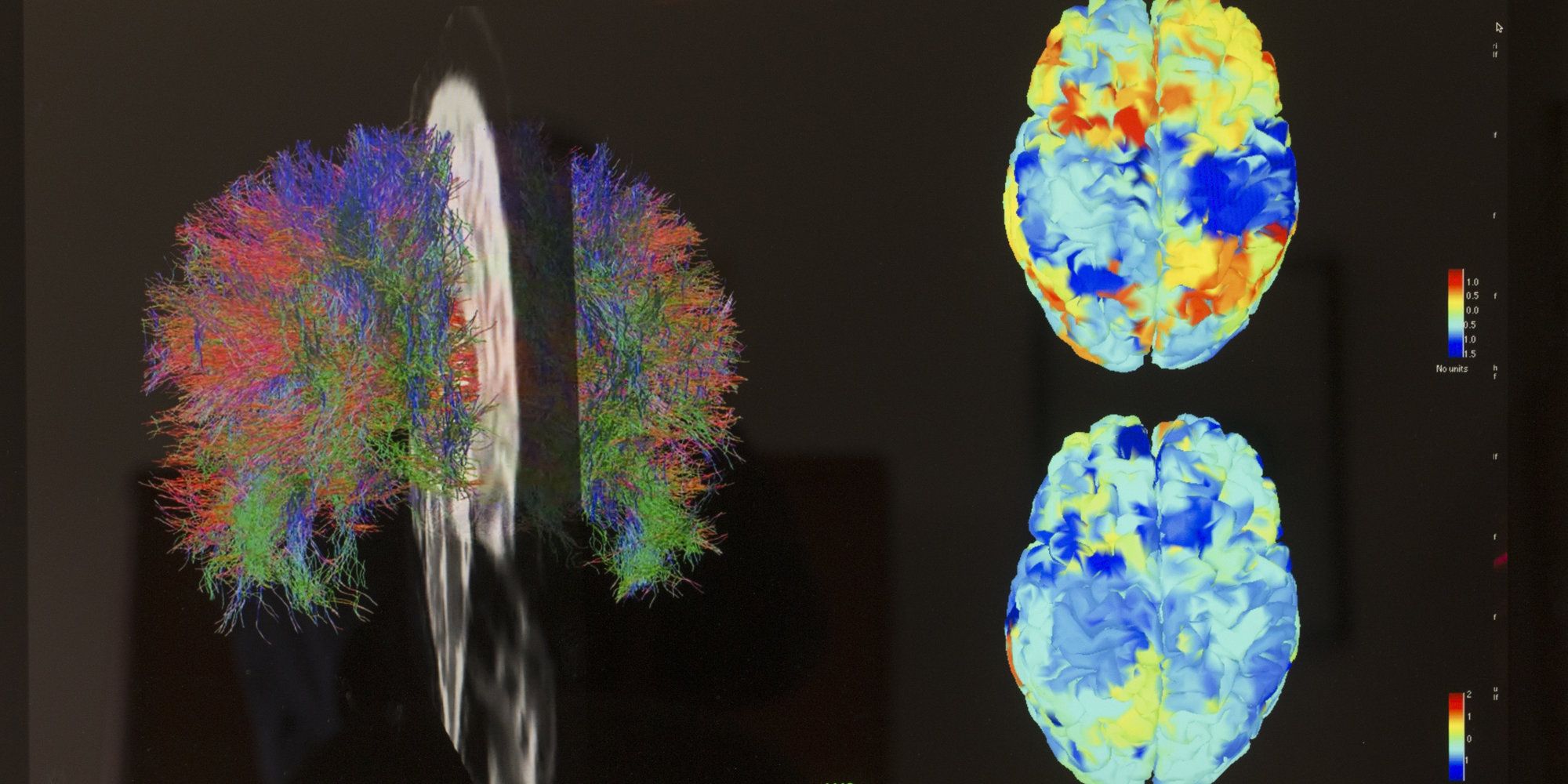Page 10496
Feb 4, 2017
SIY course video Daniel Goleman — Neuroscience of emotion and decision making
Posted by Shailesh Prasad in category: neuroscience
Consumer protection
App reveals constituents
Research News / 1.2.2017
Feb 3, 2017
Full(erene) potential: Adding specific molecules to ‘trap’ charge carriers in semiconducting polymers
Posted by Karen Hurst in categories: solar power, sustainability
In what could be called a classic “Eureka” moment, UC Santa Barbara materials researchers have discovered a simple yet effective method for mastering the electrical properties of polymer semiconductors. The elegant technique allows for the efficient design and manufacture of organic circuitry (the type found in flexible displays and solar cells, for instance) of varying complexity while using the same semiconductor material throughout.
“It’s a different strategy by which you can take a material and change its properties,” said Guillermo Bazan, a professor of chemistry and materials at UCSB. With the addition of fullerene or copper tetrabenzoporphyrin (CuBP) molecules in strategic places, the charge carriers in semiconducting materials—negative electrons and positive “holes”—may be controlled and inverted for better device performance as well as economical manufacture. The discovery is published in a pair of papers that appear in the journals Advanced Functional Materials and Advanced Electronic Materials.
In the realm of polymer semiconductors, device functionality depends on the movement of the appropriate charge carriers across the material. There have been many advances in the synthesis of high-mobility, high-performance materials, said lead author Michael Ford, graduate student in materials, but the fine control of the electrons and holes is what will allow these sophisticated polymers to reach their full potential.
Feb 3, 2017
Brain Plasticity: How Adult Born Neurons Get Wired
Posted by Karen Hurst in category: neuroscience
Nice.
Summary: Researchers report adult neurogenesis not only helps increase the number of cells in a neural network, it also promotes plasticity in the existing network. Additionally, they have identified the role the Bax gene plays in synaptic pruning.
Source: university of alabama at birmingham.
Continue reading “Brain Plasticity: How Adult Born Neurons Get Wired” »
Feb 3, 2017
An Antibiotic May Stop Growth of Deadly Brain Cancer Trending
Posted by Karen Hurst in categories: biotech/medical, neuroscience

Scientists on the quest to offer more hope for glioblastoma patients may have found a way to stop the growth of the deadly brain tumor. The discovery targets the genes that sustain the tumor growth past the early stages with the drug mithramycin, which may be more effective than the current chemotherapy treatments.
Glioblastoma is the most common and deadly form of primary brain cancer. In glioblastoma, malignant glial cells form vast networks of tendrils throughout the brain, making it nearly impossible to surgically remove all the cancerous tissues. Dubbed as the “octopus tumor,” the tumor can evade even the most aggressive surgeries, chemotherapies, and radiotherapies, leaving patients with a five-year survival rate of less than 10 percent. Patients are in desperate need of better alternatives or supplementary treatments to beat this notoriously deadly cancer.
Continue reading “An Antibiotic May Stop Growth of Deadly Brain Cancer Trending” »
Feb 3, 2017
Sensor Technology Delivers Enhancements to Homeland Security
Posted by Karen Hurst in categories: mobile phones, security
Definitely q-dots/ graphene technology involved.
Smartphones are about to get a lot smarter, thanks to rapid advances in sensor technology, which is set to hugely impact homeland security.
Feb 3, 2017
The Surprisingly Simple Invention That Allows Robots to Make Clothes
Posted by Klaus Baldauf in categories: business, robotics/AI
Today, sewing relies on the low-tech power of human hands, but soon that may not be the case. Human workers are still needed for the final steps of making clothes, in order to align fabrics and correctly feed them into sewing machines. If robots could do that instead, shock waves of change would surely ripple through global supply chains and disrupt the lives of millions of low-wage earners in the developing world.
For better or worse, plenty of technologists, researchers, and companies are working on the challenge—but so far, getting robots to navigate the imprecisions of flimsy textile materials that easily bend has proven elusive.
One promising solution, though, has come from an unlikely place: the sleepless brain of Jonathan Zornow, a young freelance web developer with no previous background in robotics, manufacturing, or the apparel business. His project, Sewbo, recently demonstrated the world’s first robotically sewn garment, and the inspiration came while watching a late-night Science Channel show called How It’s Made.
Continue reading “The Surprisingly Simple Invention That Allows Robots to Make Clothes” »
Feb 3, 2017
Minority Report-Style Mind Reading Could Soon Be Reality
Posted by Karen Hurst in categories: neuroscience, quantum physics
In 24 hours, it seems like all the biotech and futurism news is about telepathy. Guess we all read each other’s mind and posted our research and POVs. too funny.
Using quantum materials and technology will mean less invasive implants and no need for head gear in general. Suggest researchers do some due diligence with some of the various research labs and companies experimenting with things like graphene, liquid quantum materials, etc.
“Even though fMRI cannot read minds yet, we need to start deciding how and why we might want to use it, where screening might help, and where it might violate privacy,” Ms Gottwald, a PHD student at St John’s College at the University of Cambridge said. “Because the technology is advancing so rapidly, these kinds of questions are becoming more and more pressing.
Continue reading “Minority Report-Style Mind Reading Could Soon Be Reality” »
















